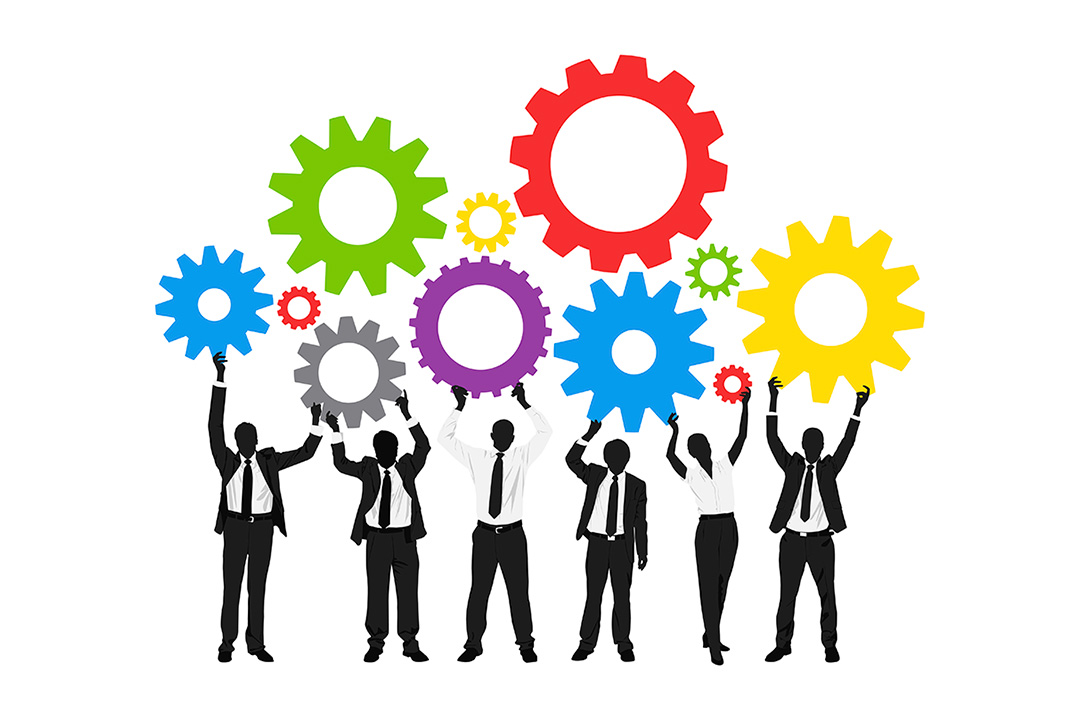Increased Capabilities: Unlocking Human and Technological Potential in the 21st Century
Introduction
“Increased capabilities” is more than just a phrase—it’s a reflection of how humanity, technology, and systems evolve to meet the ever-expanding demands of a complex world. From artificial intelligence that analyzes petabytes of data in seconds to humans mastering new skills through digital learning, capabilities across industries and societies are growing at an unprecedented rate.
The 21st century has become a defining era for capability expansion. Nations are pushing the boundaries of innovation, businesses are achieving productivity leaps through automation, and individuals are redefining their roles with the help of advanced digital tools. But with every leap forward, challenges arise: ethical dilemmas, skill gaps, and unequal access.
This article explores the concept of increased capabilities, examining it through the lenses of technology, human development, industries, and society.
What Do We Mean by “Capabilities”?
Capabilities represent the ability to perform tasks, solve problems, and achieve goals—whether by humans, machines, or systems. When we talk about increased capabilities, we refer to enhanced:
-
Technological power (e.g., AI, robotics, quantum computing).
-
Human potential (e.g., upskilling, creative problem-solving).
-
Organizational efficiency (e.g., smarter supply chains, adaptive workplaces).
-
Societal progress (e.g., global connectivity, healthcare access).
This holistic view highlights how capabilities are expanding in ways that touch every aspect of life.
The Driving Forces Behind Increased Capabilities
1. Technological Advancements
The rapid evolution of technologies—artificial intelligence, machine learning, automation, and cloud computing—has expanded the boundaries of what’s possible.
-
AI systems like ChatGPT can generate human-like content and code.
-
Robotics enables precision in surgery, manufacturing, and logistics.
-
Quantum computing promises exponential growth in computational power.
2. Human Skill Development
People are no longer bound by geography or traditional learning systems. Online platforms, micro-credentials, and self-paced learning give individuals new ways to develop skills.
3. Globalization and Connectivity
Global digital networks allow collaboration across borders, increasing cultural exchange and innovation potential.
4. Organizational Adaptation
Companies are adopting agile frameworks, cross-functional teams, and hybrid work models to maximize human and digital strengths.
Increased Capabilities in Technology
Artificial Intelligence and Machine Learning
AI is at the core of capability expansion. It can now:
-
Recognize patterns in complex datasets.
-
Translate languages in real-time.
-
Assist in medical diagnoses with higher accuracy than some doctors.
Example: Google’s DeepMind AI cracked protein folding, a problem scientists struggled with for decades. This breakthrough accelerates drug discovery and biological research.
Robotics and Automation
Robotics isn’t just about factory assembly lines anymore. We now see:
-
Autonomous drones in agriculture and disaster response.
-
Surgical robots improving precision and reducing recovery times.
-
AI-powered warehouses transforming logistics.
Cloud Computing and Edge Intelligence
The cloud has expanded capabilities by democratizing access to computing power. Meanwhile, edge AI allows devices to process data locally, enabling faster decision-making in cars, IoT systems, and wearable tech.
Quantum Computing
While still emerging, quantum computing holds the potential to revolutionize industries by solving problems classical computers can’t handle—such as financial modeling, materials science, and climate simulations.
Increased Capabilities in Human Potential
Digital Learning and Upskilling
Platforms like Coursera, Udemy, and Khan Academy allow millions to access high-quality education. Workers can reskill in fields like data science or cybersecurity without attending traditional universities.
Augmented Creativity
AI-powered tools give individuals new ways to create art, music, and writing. Humans and AI are collaborating in storytelling, film production, and game design—blurring the line between technology and creativity.
Remote Work and Global Collaboration
Work-from-anywhere models have unlocked new opportunities. Teams can now collaborate across continents seamlessly with tools like Slack, Microsoft Teams, and Zoom.
Health and Longevity
Medical technology—from CRISPR gene editing to personalized medicine—has increased human capabilities to fight diseases and extend healthy lifespans.
Increased Capabilities in Industries
Healthcare
-
AI diagnostics reduce human error.
-
Telemedicine expands access to rural and underserved areas.
-
Wearables like smartwatches monitor real-time health data.
Finance
-
Automated trading systems analyze markets instantly.
-
Blockchain provides secure, transparent transactions.
-
AI fraud detection prevents billions in financial crime.
Manufacturing and Logistics
-
Smart factories powered by IoT sensors optimize production.
-
Autonomous delivery systems (robots, drones, self-driving trucks) cut costs and delays.
Education
-
Adaptive learning platforms personalize instruction.
-
Virtual classrooms connect teachers and students globally.
-
Gamification improves engagement and retention.
Agriculture
-
Precision farming uses AI to optimize crop yield.
-
Drones monitor soil and irrigation.
-
Robotics reduces manual labor dependency.
Societal Impacts of Increased Capabilities
Positive Outcomes
-
Economic growth through productivity gains.
-
Inclusion by providing tools for marginalized communities.
-
Innovation acceleration in science, healthcare, and sustainability.
Challenges
-
Digital divide: unequal access to new technologies.
-
Job displacement: automation replacing human roles.
-
Ethical concerns: misuse of AI in surveillance or misinformation.
Balancing Growth and Responsibility
To ensure capabilities lead to progress rather than inequality, governments, businesses, and communities must:
-
Establish ethical frameworks.
-
Invest in digital literacy.
-
Promote inclusive access to technology.
Future Outlook: Where Increased Capabilities Will Take Us
AI-First World
As AI becomes integrated into nearly every sector, humans will need to focus on critical thinking, creativity, and emotional intelligence—areas where AI still lags.
Human-Machine Synergy
The future isn’t about humans vs. machines—it’s about collaboration. Humans will provide context and ethics, while machines handle computation and execution.
Beyond Earth
Space exploration is another domain where increased capabilities will shine. AI-powered systems and advanced robotics could accelerate our ability to colonize Mars and explore deep space.
Sustainable Development
Technological and human capabilities will need to align with sustainability goals. Increased capabilities must be directed toward solving climate change, resource management, and global equity challenges.
Conclusion
“Increased capabilities” define the essence of human progress in the digital era. Technology is amplifying human skills, industries are reshaping their structures, and societies are finding new ways to thrive.
Yet, progress comes with responsibility. To ensure these expanded capabilities benefit all, we must prioritize ethics, inclusivity, and sustainability.
The 21st century offers us a unique opportunity: to harness increased capabilities not just for profit or efficiency, but for building a more equitable, creative, and resilient world.
https://bitsofall.com/https-yourwebsite-com-federated-learning-for-privacy-secure-ai/
Sophisticated Creative Tools: Transforming the Future of Innovation, Design, and Productivity





